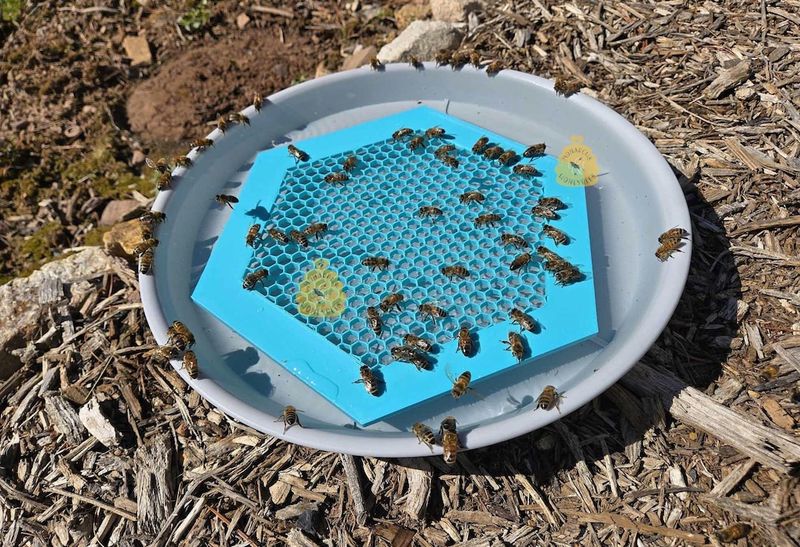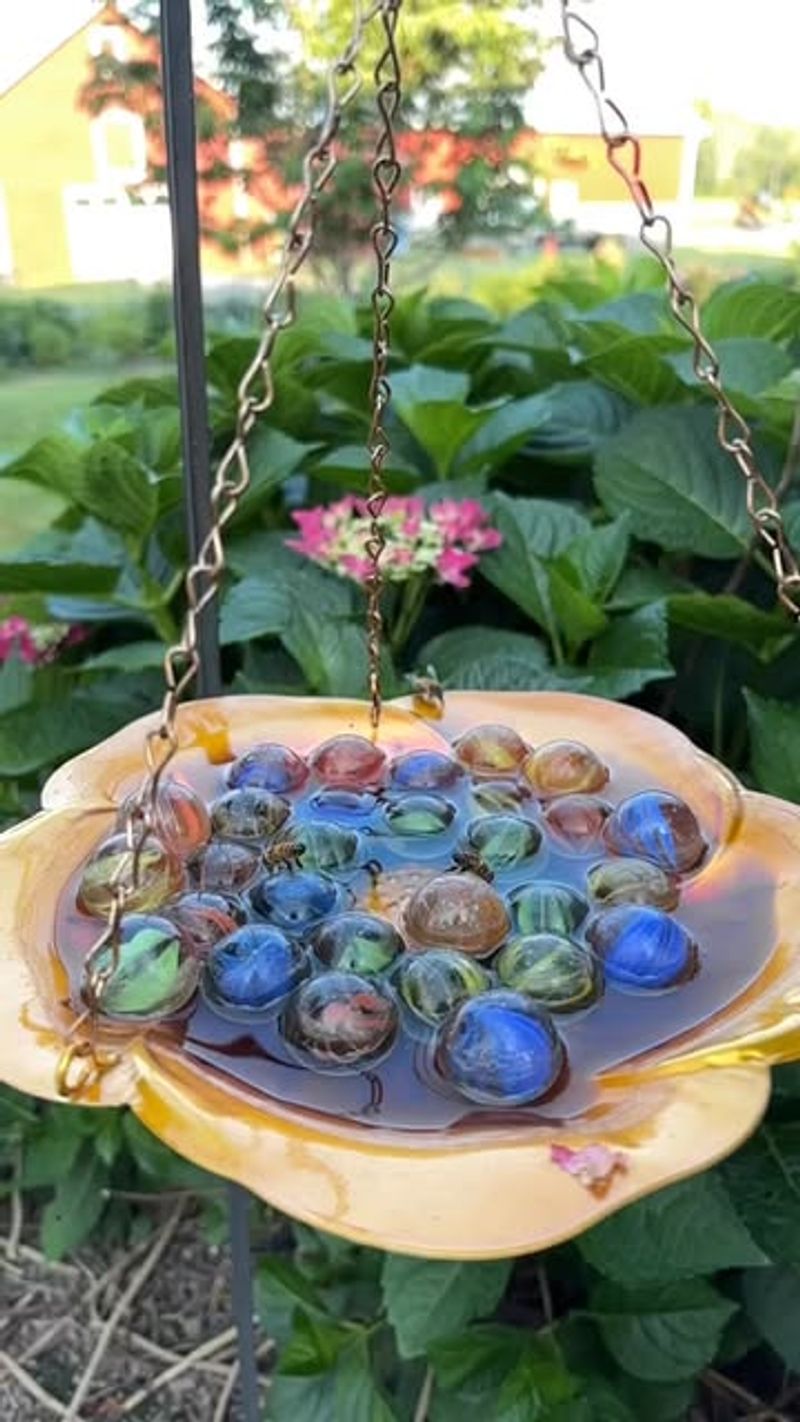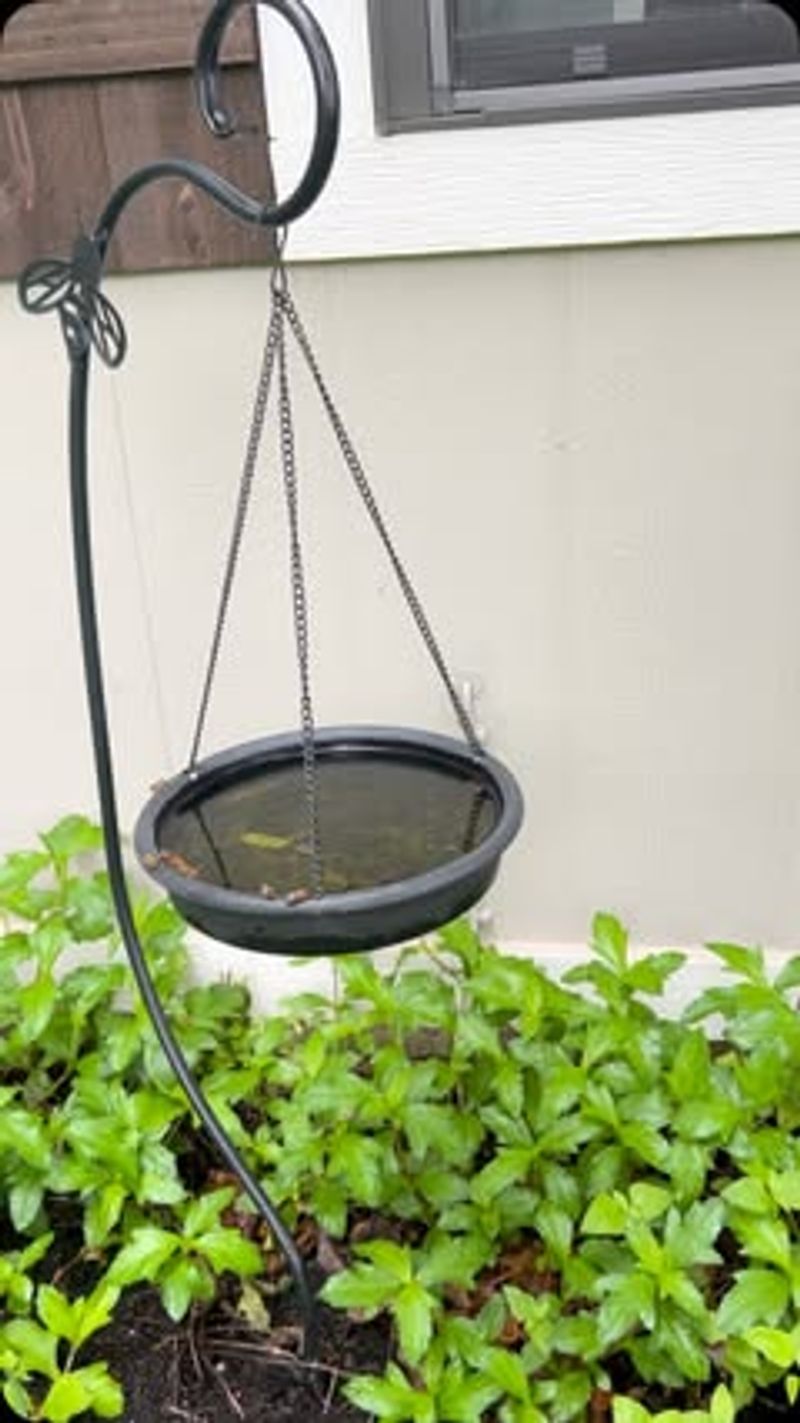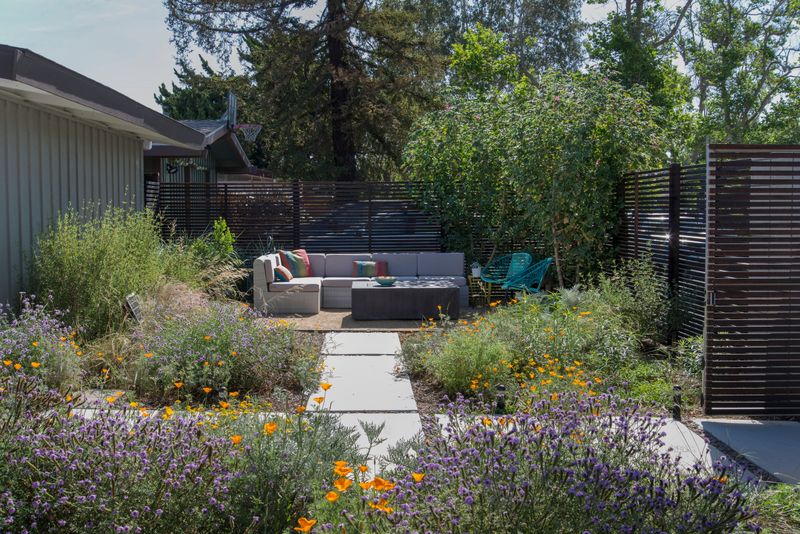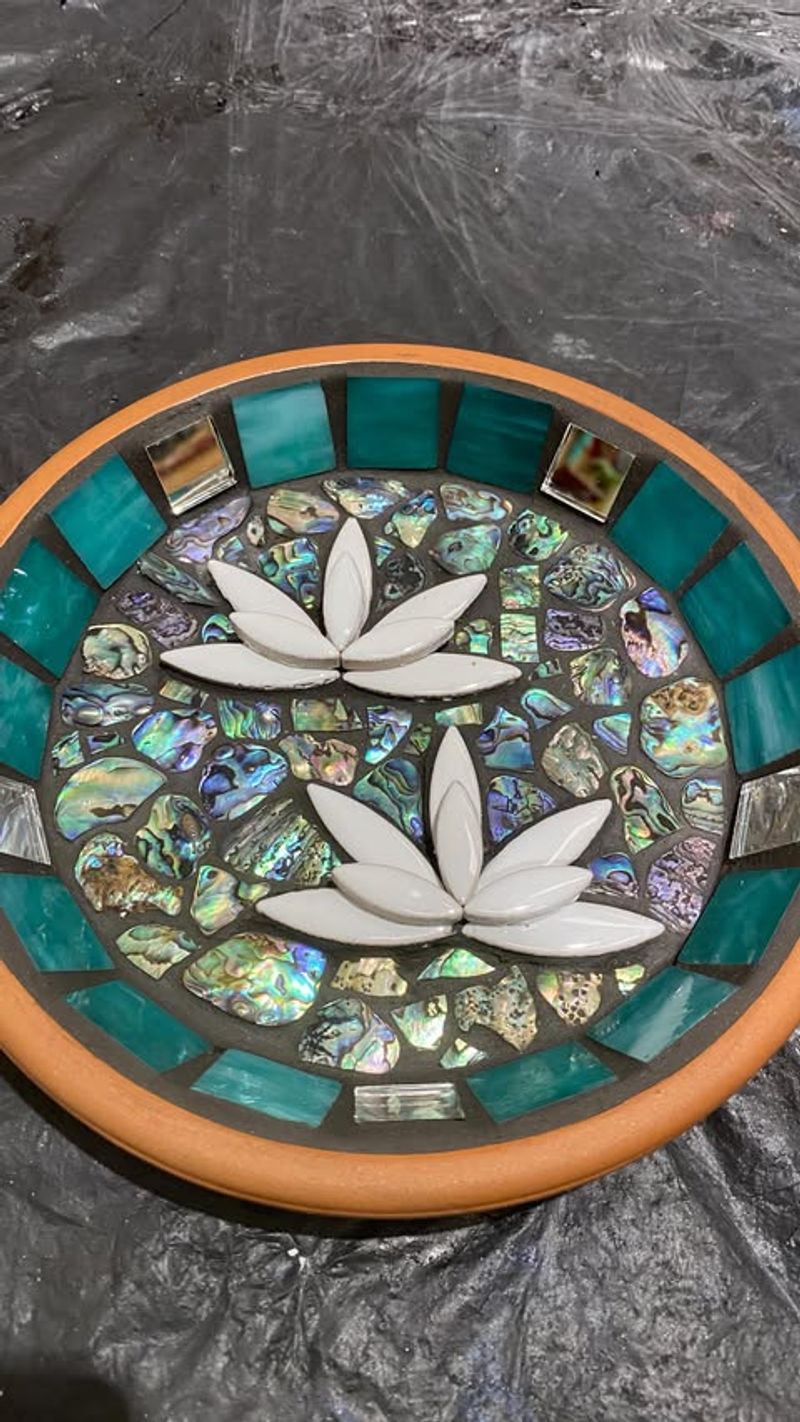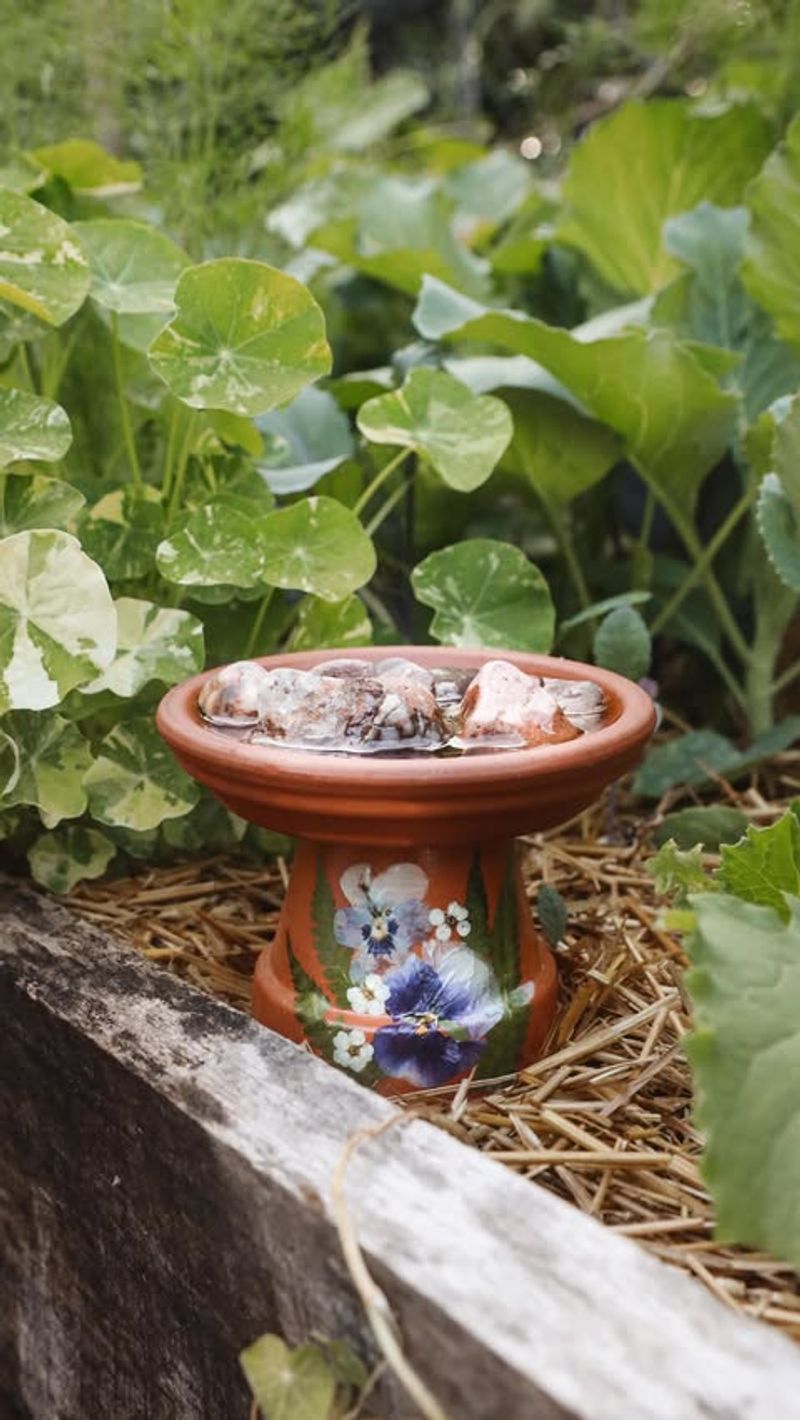In Utah’s dry climate, bees and other pollinators often have a hard time finding water—especially in the peak of summer. Without safe access to hydration, their health and activity can suffer. That’s where a bee bath comes in.
A bee bath offers a shallow, safe spot for pollinators to drink without the risk of drowning. It’s easy to make with just a dish, some water, and a few pebbles. This small gesture can make a big difference.
Adding one to your garden not only helps local pollinators thrive—it also boosts your blooms and veggie yields. Healthy bees mean a more vibrant, productive garden.
1. Understanding Bee Baths: Nature’s Drinking Fountains
Bee baths are shallow water sources designed specifically for bees and other pollinators to safely land and drink. Unlike bird baths, they’re shallower and include landing spots to prevent drowning.
I discovered their importance after noticing exhausted bees in my Salt Lake City garden during July’s heat. These tiny creatures need water to cool their hives and make honey.
For Utah gardeners, providing water is especially crucial since our state ranks as the second driest in the nation, making natural water sources scarce for our buzzing friends.
2. Perfect Placement For Maximum Pollinator Traffic
Positioning your bee bath where it’s visible from your home allows for enjoyable observation. My kitchen window overlooks my bee bath, turning dishwashing into a wildlife-watching opportunity!
Place it near flowering plants that attract pollinators in your Utah garden. Lavender, catmint, and native penstemons are excellent companion plantings that thrive in our mountain state climate.
Morning sun with afternoon shade creates an ideal microclimate, preventing the water from becoming too hot while allowing enough warmth for cold-blooded insects to remain active.
3. Materials That Make Safe Landing Zones
Marbles, smooth stones, or even wine corks provide perfect landing pads for thirsty bees. Last summer, I used colorful glass beads from a local Salt Lake City craft store, creating both function and beauty.
Avoid metal containers which can overheat in Utah’s intense summer sun. Ceramic, plastic, or concrete dishes work better for our climate conditions.
Natural materials collected from Utah landscapes add local character – small rocks from the Wasatch foothills or pebbles from garden centers make excellent, sustainable options that blend with your garden aesthetic.
4. Seasonal Adjustments For Utah’s Climate Extremes
During Utah’s blazing summers, check water levels daily – evaporation happens quickly in our dry air. My bee bath near my vegetable garden needs refilling every afternoon when temperatures climb above 90°F.
Come fall, continue providing water until first frost, typically mid-October in northern Utah. Bees remain active preparing for winter whenever temperatures permit flight.
Winter maintenance is minimal since bees stay clustered in their hives. Use this downtime to clean mineral deposits from your bee bath with vinegar, readying it for spring’s return of pollinators.
5. Combining Bee Baths With Native Utah Plants
Native plants like Utah penstemon, globemallow, and sunflowers create the perfect pollinator ecosystem when paired with your bee bath. My Provo garden attracts twice the bees since adding these companions.
Stagger blooming times by including early season fruit tree blossoms, midsummer herbs, and fall asters. This creates a season-long buffet that keeps pollinators returning to your water source.
Group drought-tolerant natives in clusters near your bee bath rather than scattered placements. This creates a visible “pollinator station” that maximizes the ecological benefit in our water-conscious state.
6. DIY Bee Bath Projects For Every Budget
Create a simple bee bath using a terracotta pot saucer from any Logan garden center. Add rocks, fill with water, and you’re done! My five-year-old daughter helped make ours for under $10.
For something more elaborate, repurpose an old birdbath by adding a layer of pebbles and reducing the water depth. This upcycling approach connects with Utah’s practical, waste-not pioneer heritage.
Feeling crafty? Build a multi-level bee watering station using stacked stones gathered from the Utah landscape. This natural approach creates various water depths while blending perfectly into xeriscape gardens.
7. Troubleshooting Common Bee Bath Challenges
Mosquitoes becoming a problem? Change water completely every 2-3 days to prevent breeding cycles. My Ogden garden stays mosquito-free with this simple habit during Utah’s summer months.
If bees aren’t finding your bath, try adding a pinch of sea salt to the water – the minerals attract them naturally. Also, temporarily place a bright yellow object nearby as a visual beacon.
For persistent algae growth, common in Utah’s sunny conditions, add a few drops of apple cider vinegar to the water or scrub surfaces weekly with a brush to maintain cleanliness without harming beneficial insects.



